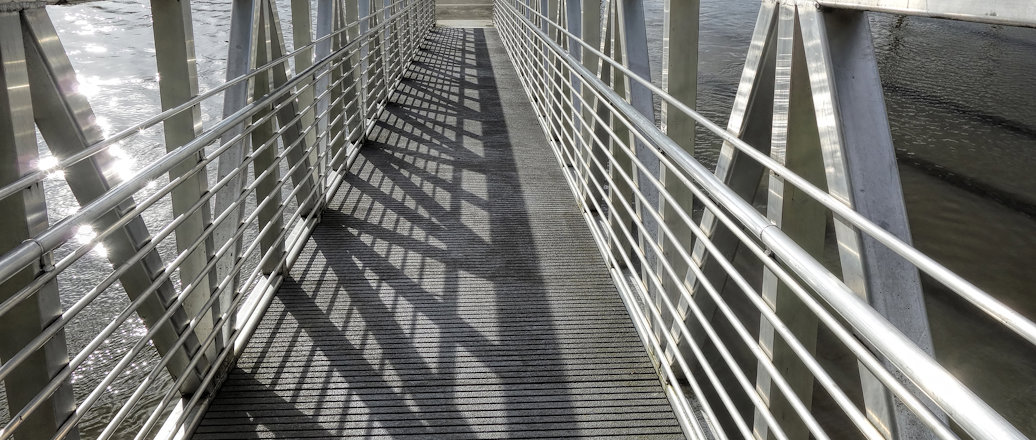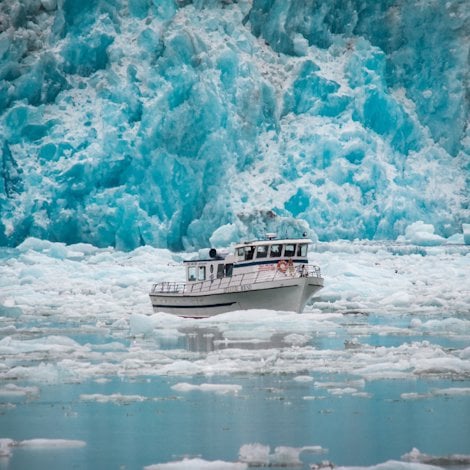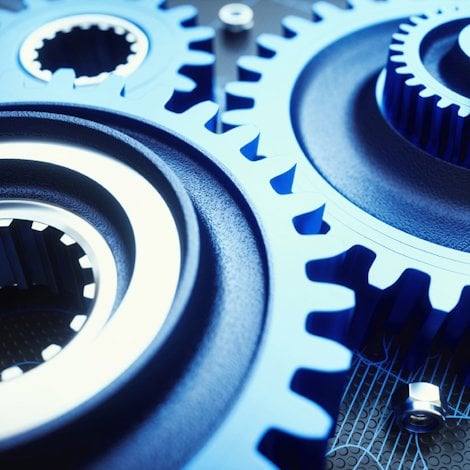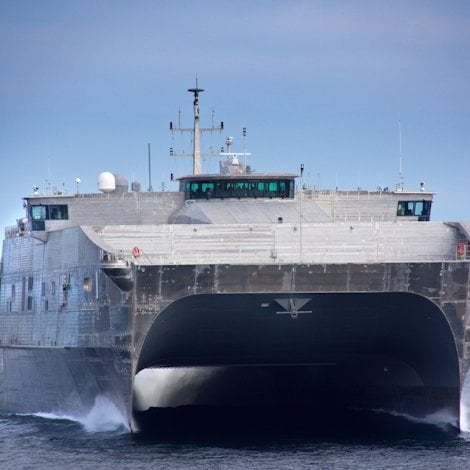Preventing crevice corrosion of aluminium
Crevice corrosion is dangerous because it is localized and can lead to component failure, even while the overall material loss is minimal. It is also hard to detect the initiation and progress of crevice corrosion. You can avoid it by following these recommendations.
Crevice corrosion is one of the three most common types of corrosion in aluminium. It can be difficult to detect and can cause serious problems. But it is preventable.
Crevice corrosion is just as it sounds. It occurs in narrow, liquid-filled crevices. A deposit of some compound may also cause crevice corrosion because it can create similar surface chemistry as a real geometric crevice. The main mechanism for crevice corrosion is development of an oxygen diffusion cell caused by more easy access to air in the opening of the crevice as compared to other parts of the crevice. The presence of salt in the crevice liquid further enhances crevice corrosion.
You will often find crevice corrosion in marine atmospheres or on the exterior of vehicles. It can also occur during the transport and storage of components, where water sometimes collects in the crevices between superjacent aluminium surfaces – one lying atop the other. The source of this water is rain or condensation that is sucked between the metal surfaces through capillary action.
This leads to superficial corrosion, or water staining.
Crevice corrosion is localized corrosion
This localized form of corrosion can take place when:
- The geometry of the structure is not optimized, for instance riveted plates or threaded joints
- There is contact between metal and non-metallic solids, such as plastics or rubber
- There are deposits of sand, dirt or permeable corrosion products on the surface of the metal

Preventing crevice corrosion
Preventing crevice corrosion is not that difficult. Here are some solutions you should consider.
- Use sealing compounds before joining two components. You can also use double-sided tape – tape with adhesive on both sides. This keeps water from penetrating into the gaps.
- Replace rivets or screws with adhesive bonding, when possible. This will counteract the formation of crevices.
My point is you need to avoid leaving recesses when you join components. Such recesses could open the door for corrosion over the long term.
It should be clear now that this is a discussion about geometry. Make sure you consider the geometry of your shape. When you do this early in your design phase, you will get it right.








